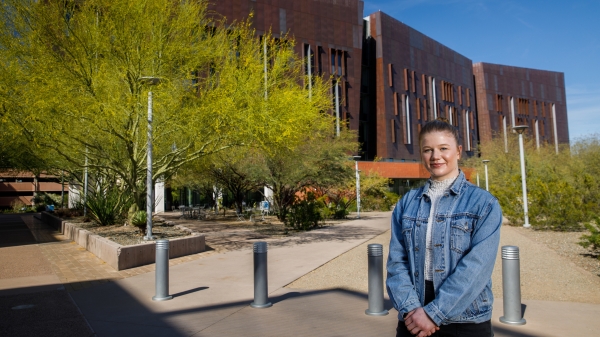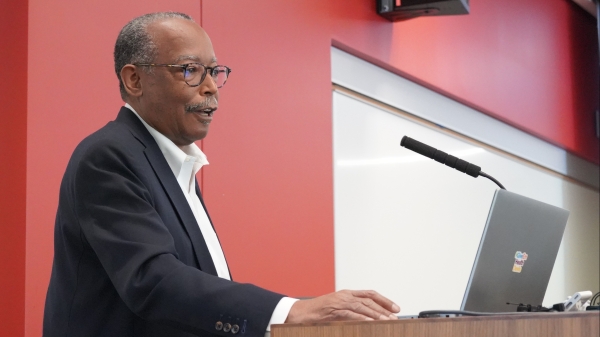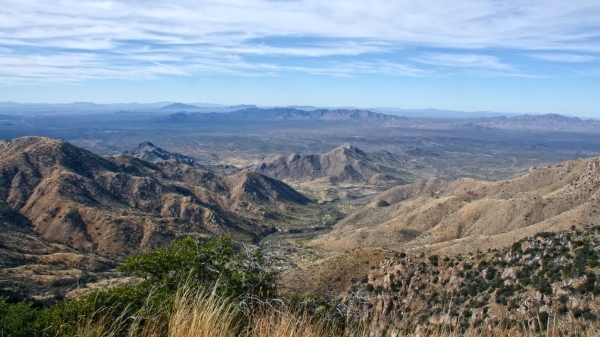Veterans in Arizona more than twice as likely to die by suicide as nonveterans, ASU researchers find
Veterans in Arizona are at more than twice the risk of the rest of the population of dying by suicide, according to new information from Arizona State University’s Center for Violence Prevention and Community Safety (CVPCS).
Researchers at the CVPCS, based at ASU’s Watts College of Public Service and Community Solutions, found that 53.2 veterans per 100,000 population in Arizona killed themselves between 2015 and 2017, compared with a rate of 21.1 per 100,000 for nonveterans, said Professor Charles Katz, the Watts Family Director of the center.
The center released its Arizona Violent Death Reporting System (AZ-VDRS) report, "Suicides Involving Veterans," this month. In compiling their results, researchers examined 3,601 suicides that occurred in Arizona between 2015 and 2017. More findings:
- Female veterans’ suicides occurred at about three times the rate of nonveteran females (28.9 per 100,000 population for female veterans versus 10.7 per 100,000 population among women who were not veterans).
- More than 1 in 3 veteran suicide victims reported a physical health problem, compared with less than 1 in 4 among nonveteran suicide victims.
- Veterans were far more likely to have used a firearm than nonveterans in killing themselves (80% versus 53.4%).
Younger veterans ages 18-34 are four times more likely to die by suicide than nonveterans of the same age group, according to the study.
Among Arizona counties, Mohave County in northwest Arizona leads the state in the rate of veteran suicides, with 79.3 veteran suicides per 100,000 population. Graham County in southeast Arizona had the lowest rate, logging 14.7 veteran suicides per 100,000 population. The statewide number is 50.4.
“If we as a state and a nation are serious about preventing suicide among our veterans, increased support for mental health screening and treatment after diagnosis is needed urgently,” the report’s implications and recommendations sections said. “Critically, we owe veteran men and women the highest standard of care and a rapid, effective response when they have disclosed suicidal thoughts and intentions or have survived actual attempts. The goal should be nothing less than the restoration of their potential for quality of life.”
Katz agreed.
“Our findings should give pause to all of us who support our troops, especially as we honor veterans this month,” he said. “Many of these suicides are the result of the physical and mental problems they have experienced. If you are close to a veteran, talk to them, communicate with them. Most of all, sympathize or empathize with the experiences they share with you, and encourage them to contact their local veterans center, VA medical center or a suicide prevention coordinator.”
The research for this report, like others the center conducts for the National Violent Death Reporting System (NVDRS) and the Centers for Disease Control and Prevention (CDC), has usefulness beyond compiling statistics, said David Choate, the CVPCS’ associate director.
“It is not research for the sake of research. Indeed, the mission of the CDC, the NVDRS and the Center for Violence Prevention and Community Safety is to see the AZ-VDRS data be put to use,” Choate said. “We work closely with law enforcement and public health partners, allowing both nongovernmental organizations and governmental policymakers much-needed information necessary for data-driven decision making in response to important issues surrounding homicides and suicides in Arizona.”
More Health and medicine

First exchange student for Biodesign Institute Europe bridges labs 5,000 miles apart
This spring semester, Grace Colley traveled to Arizona State University and became the first student to participate in the…

College of Health Solutions hosts visit from leading expert in genomic research
Some fortunate Arizona State University faculty, staff and students were able to gain valuable insights and perspective during a…

Indigenous ASU research team recommends assistance for tribal members still reeling from COVID-19’s effects
When Matt Ignacio’s tribe, the Tohono O’odham Nation, donated $1 million to Arizona State University to support COVID-19 research…